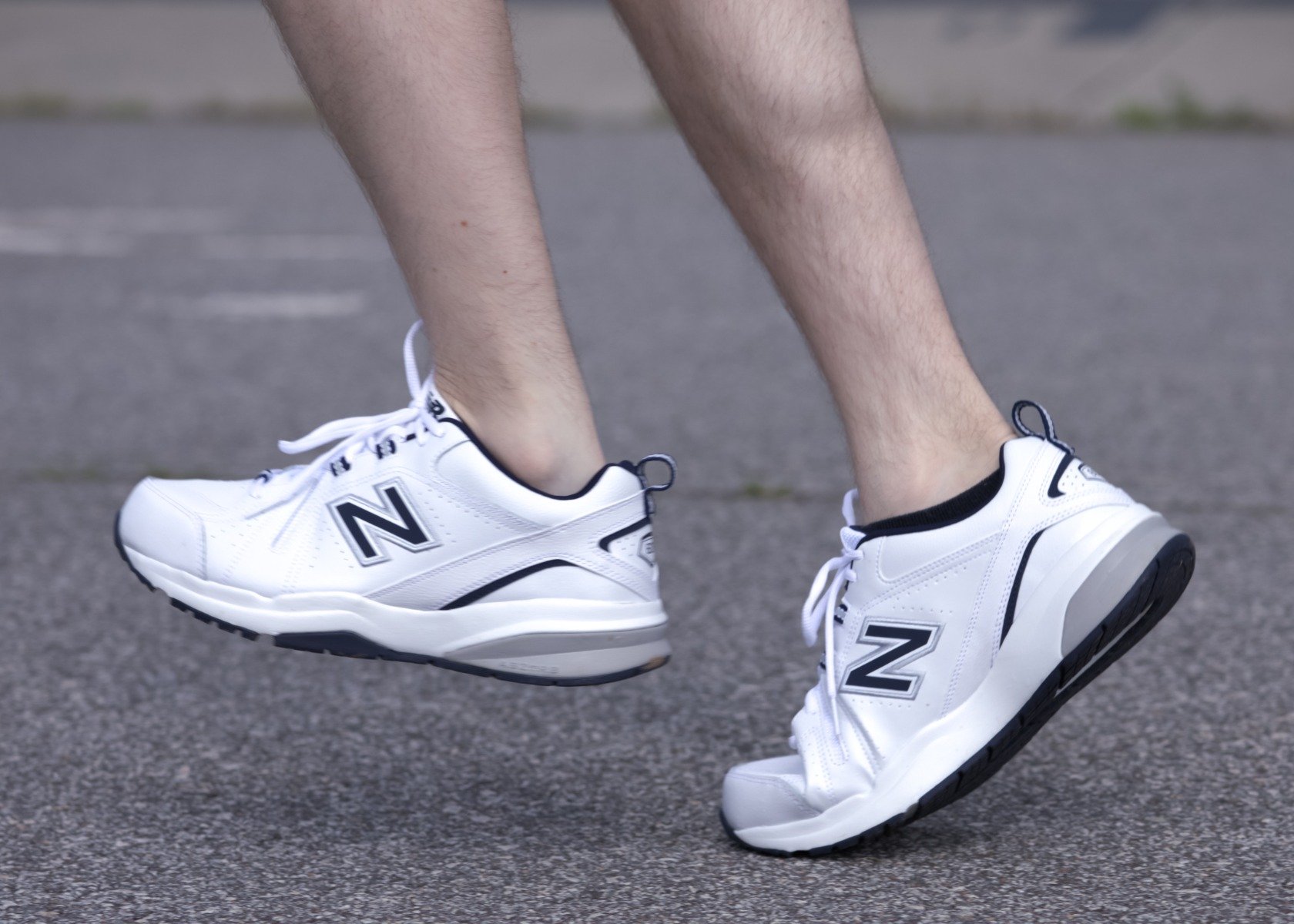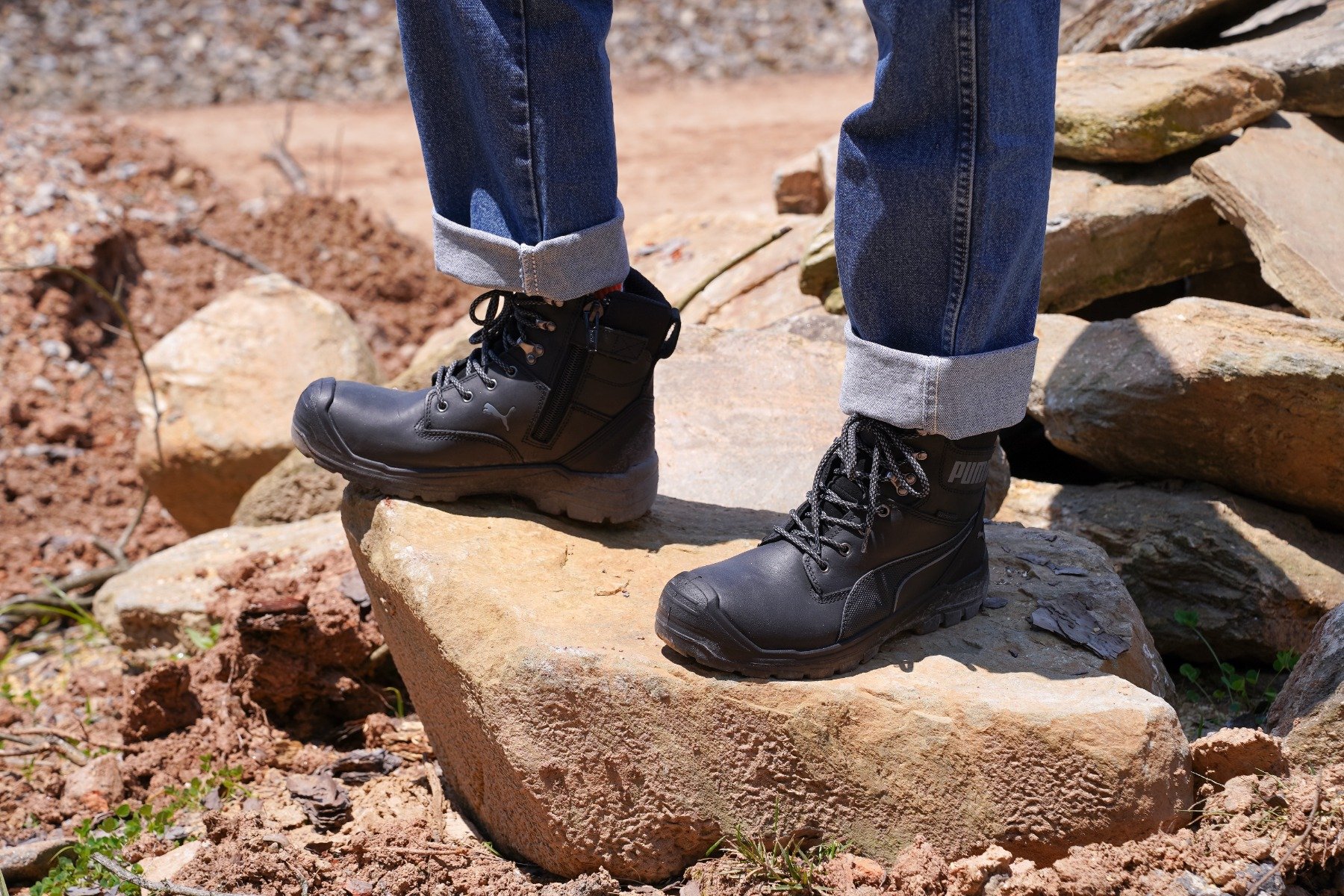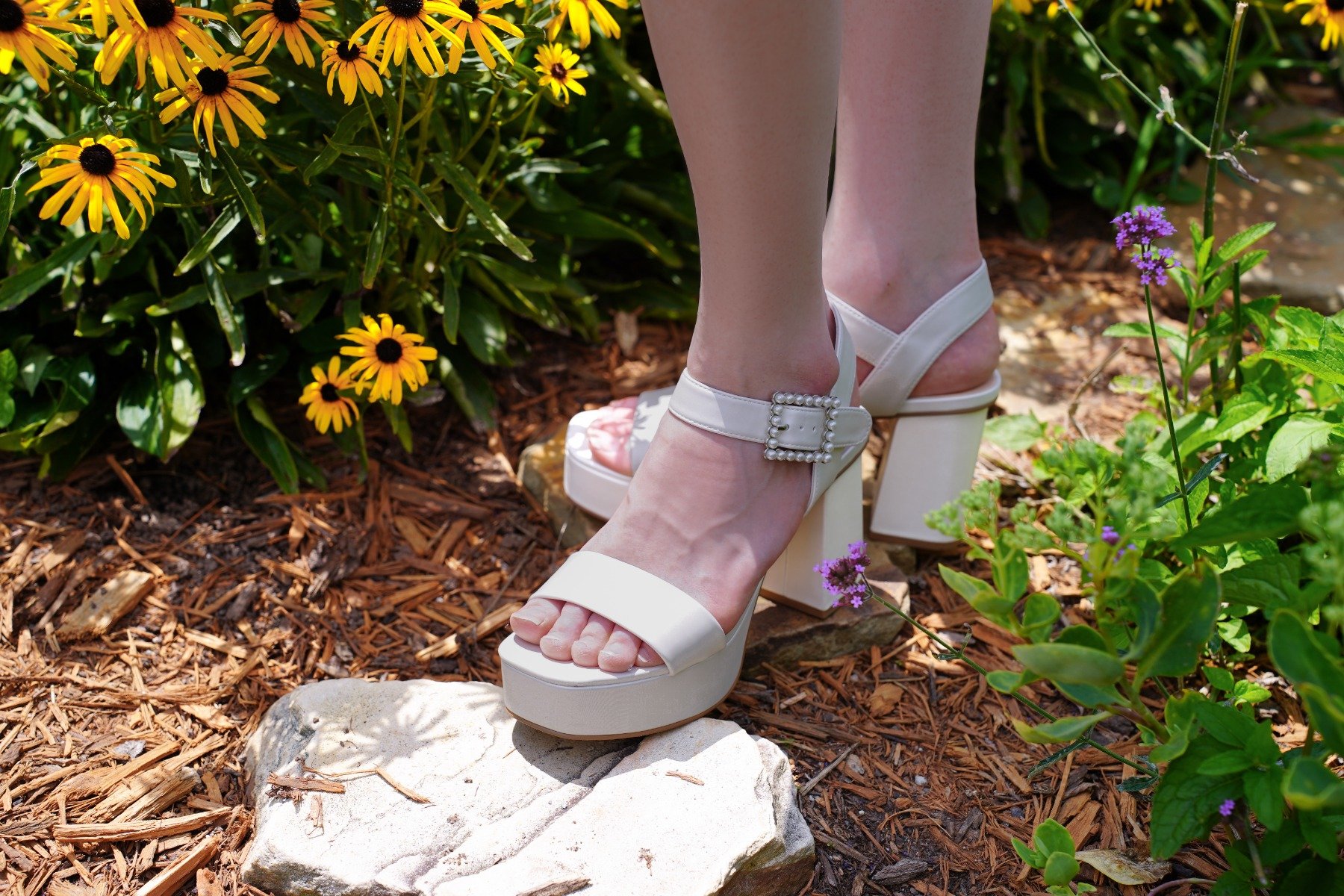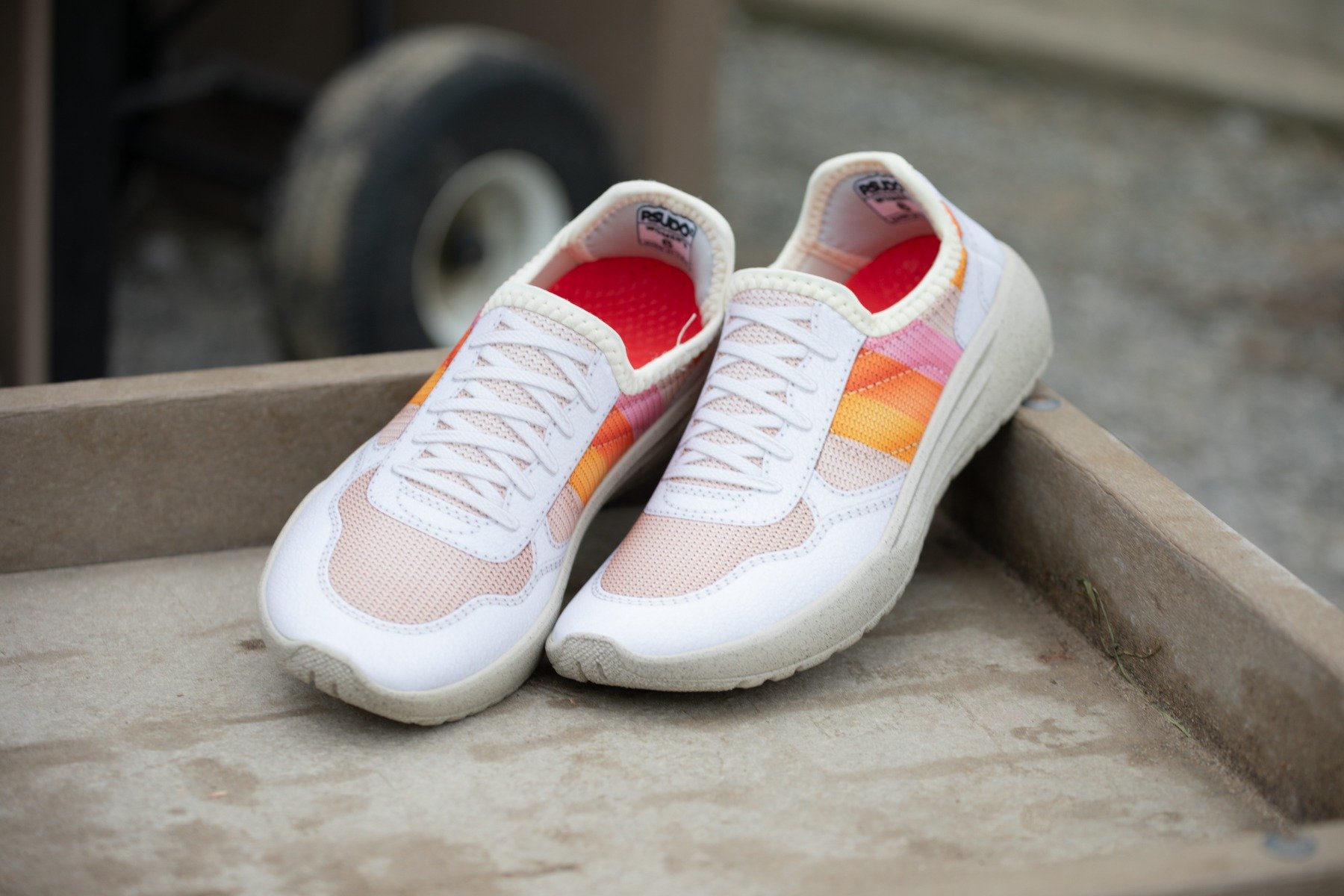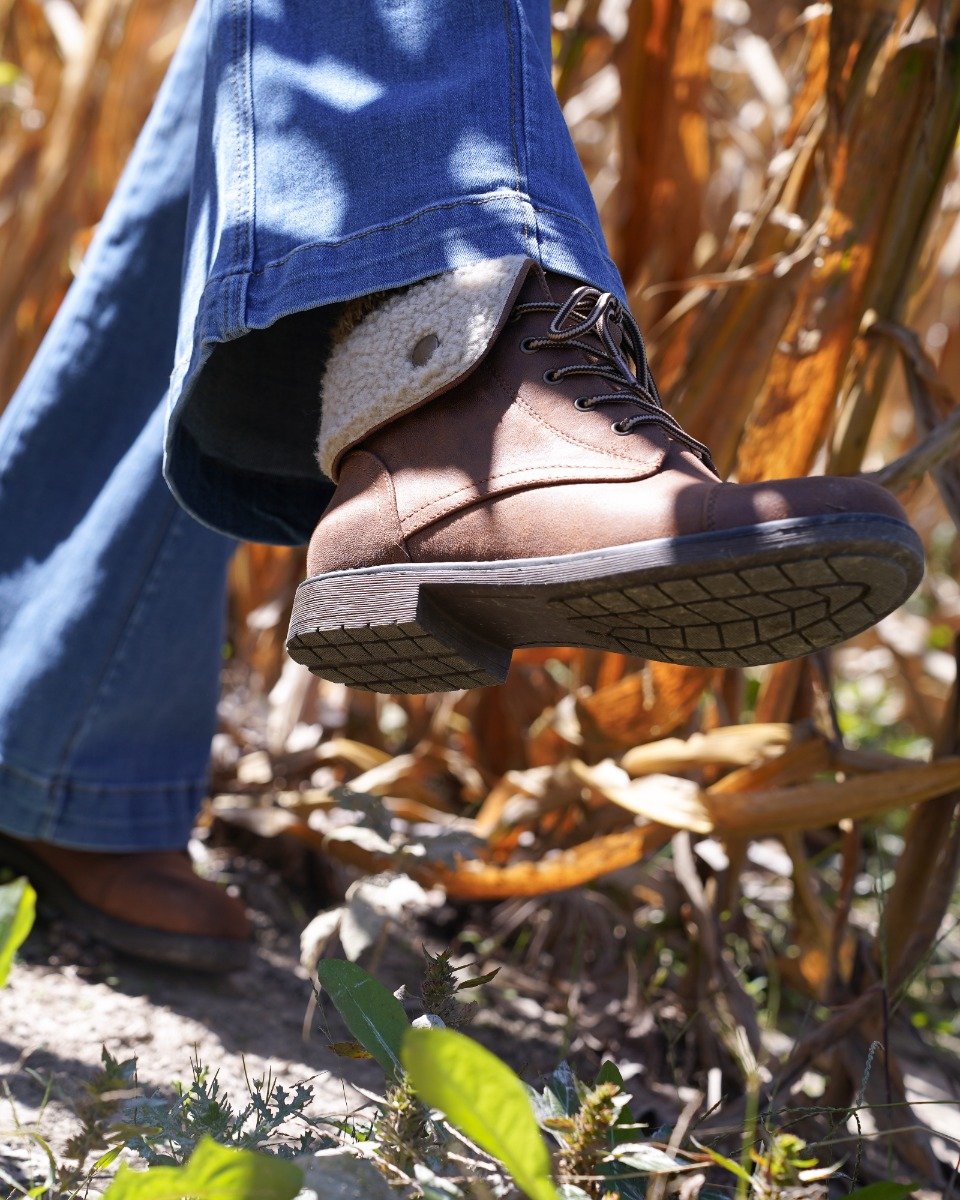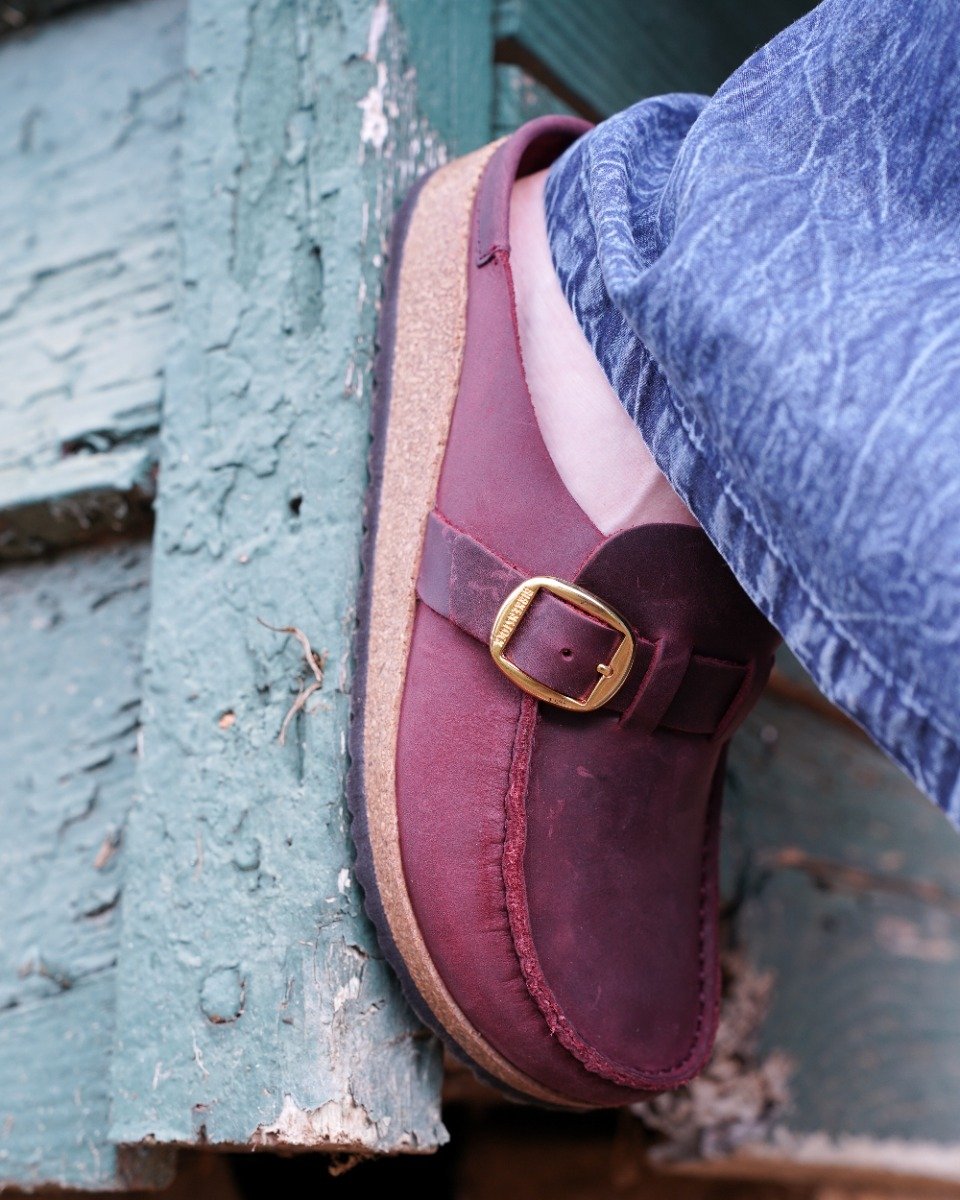As runners, we revel in the exhilaration of pounding the pavement or conquering the trails, feeling the rhythm of our feet against the ground and relishing the freedom that each stride brings. Yet, amid the euphoria of logging miles, it's easy to overlook a critical aspect of our gear: our running shoes.
Much like any tool, running shoes have a finite lifespan. Over time, the materials degrade, the cushioning loses its spring, and the support wanes. Ignoring these signs can result in discomfort, injury, and a decline in performance. So, how can you determine when it's time to bid farewell to your trusted pair and usher in a new one into your rotation?
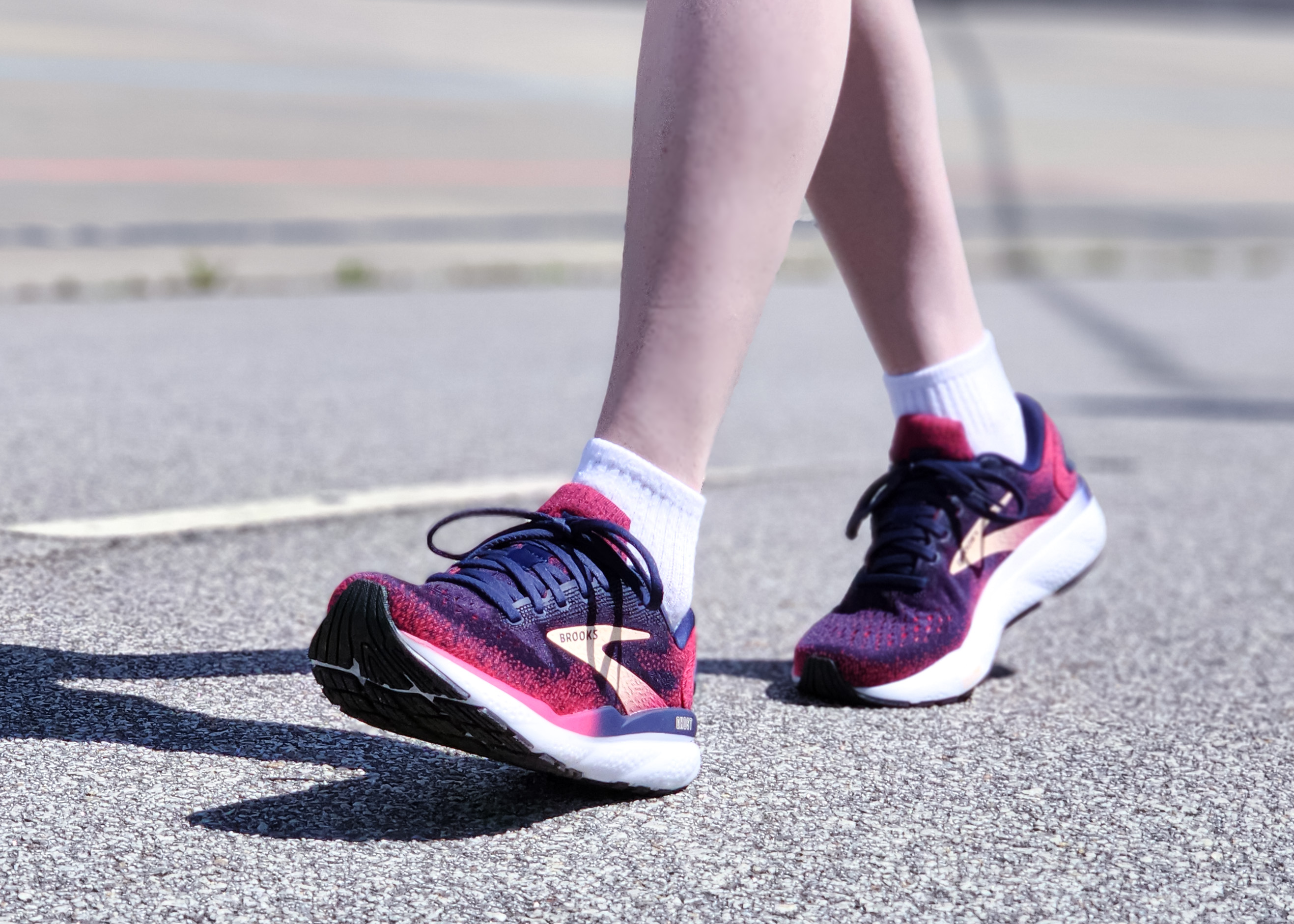

Within the running community, there exists a prevalent misconception that shoes should be replaced solely based on mileage. While it holds true that the more you run, the quicker your shoes deteriorate, it's not the sole factor to consider. Every runner is unique, and various elements influence shoe longevity, such as running form, weight, terrain, and shoe type.
Indications it's Time to Retire Your Shoes:
1. Visible Wear and Tear: Conduct regular inspections of your shoes for signs of deterioration. Are the treads worn down? Is the midsole compressed or creased? Do you notice any holes or tears in the upper? These are telltale signs that your shoes have reached the end of their useful life.
2. Lack of Cushioning: Tune in to how your shoes feel both during and after runs. If you detect a reduction in cushioning or support, it's indicative that the midsole foam has deteriorated. This can lead to heightened impact on your joints and muscles, potentially resulting in injuries like shin splints or plantar fasciitis.
3. Discomfort or Pain: Are you experiencing newfound discomfort or pain during or after your runs? It could signal that your shoes no longer furnish adequate support or alignment. Listen to your body; if something feels awry, it's worth assessing whether your shoes are the culprit.
4. Performance Alterations: Have you observed a dip in performance despite consistent training? Worn-out shoes can impact your biomechanics, fostering inefficiencies in your gait and stride. Acquiring a new pair of shoes could reinvigorate your stride, enhancing your running efficiency.


How Often Should You Replace Your Running Shoes?
While a general rule of thumb suggests replacing your running shoes every 300 to 500 miles, it's not a one-size-fits-all solution. Some runners may necessitate more frequent replacements, while others can extend the lifespan of their shoes. Instead of fixating solely on mileage, heed your body's cues and take note of your shoes' condition. If they exhibit signs of wear and tear, provoke discomfort, or impede your performance, it's time to bid them adieu, irrespective of mileage accrued.
In Conclusion:
Your running shoes serve as the cornerstone of your gear, underpinning every stride you undertake. Recognizing when to replace them is pivotal for staving off injuries and optimizing performance. By remaining vigilant to signs of wear and tear, attuning to your body's feedback, and adopting a proactive approach to shoe maintenance, you can ensure that your shoes support you unfalteringly throughout your running endeavors. So, lace up, hit the road, and bear in mind: a fresh pair of shoes can be transformative in your running journey.



